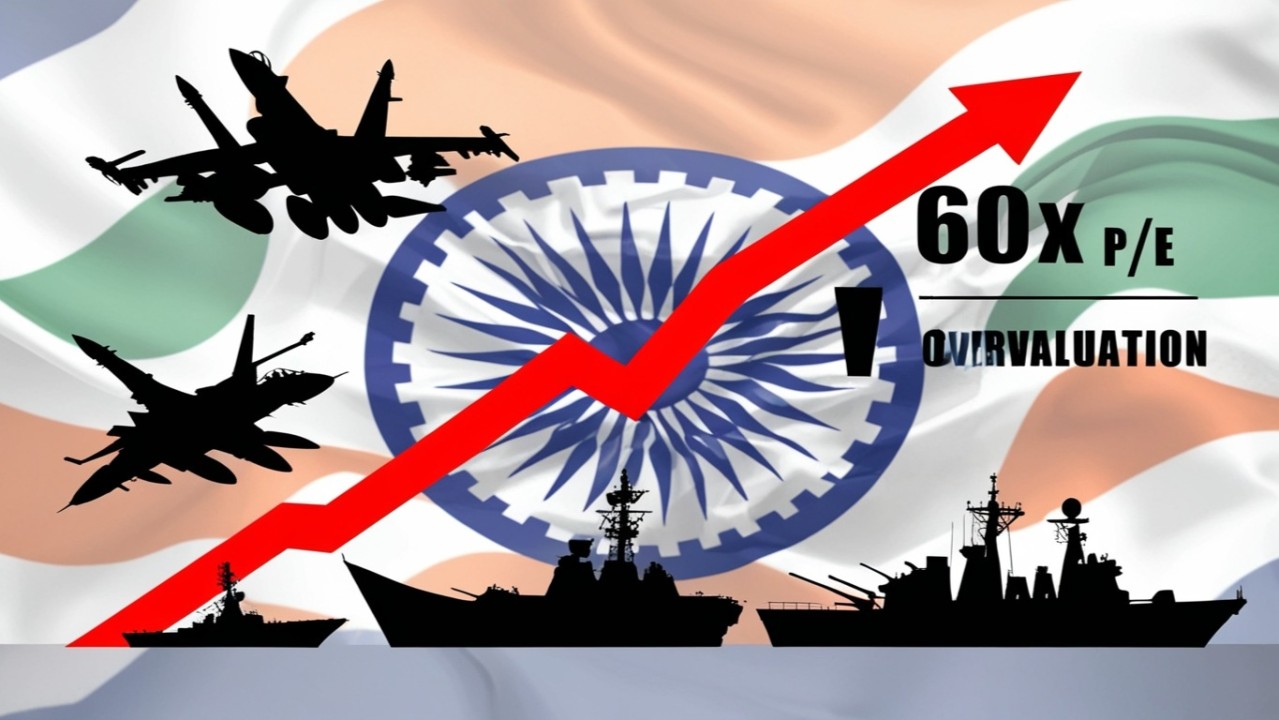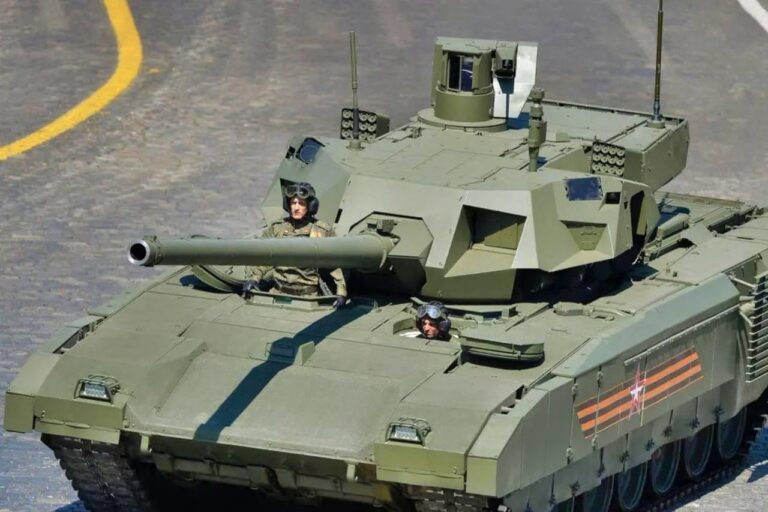
India’s 2025 Defence: Shares & Partners
Introduction
India’s armed forces are rebalancing inventories as domestic production scales and foreign sourcing diversifies across multiple, carefully chosen partners. New Delhi does not publish a complete origin ledger for every system, so a precise, service-wide breakdown is unavailable today.
Therefore, analysts estimate each country’s contribution using two datasets: recent major-arms import shares and domestic allocations in the modernisation budget. Together, these indicators capture current dynamics and future direction, showing how 2025-era projects shape readiness, sustainment, and industrial resilience overall.
Read on for the latest figures, the live project pipeline, and practical implications for availability, costs, and wartime surge capacity.

How we measure “percentage by country”
A literal stock pie chart would ignore licensed builds, mid-life upgrades, and complex subsystem supply chains. Therefore, we combine:
- Import shares (five-year SIPRI window): In 2019–2023, India’s largest supplier shares were Russia 36%, France 33%, and the USA 13%, with others making up ~18%. This confirms Russia’s steep decline from earlier periods and France’s rise on Rafale and naval deals.
- Domestic procurement ratio (MoD/PIB): From FY2023–24 onwards, India earmarked 75% of the capital (modernisation) budget for domestic procurement; the 2025–26 Budget Estimate keeps it at 75% (₹1,11,544.83 crore), with 25% of that domestic share reserved for private industry.
Together, these data series illustrate how foreign inflows are shaping the future stock of arms and how domestic procurement will increase India’s long-term share.
The numbers in 2025: sourcing mix and industrial output
- Foreign inflows (2019–23): Russia 36%, France 33%, USA 13%, others ~18% of India’s major arms imports. The five-year window is SIPRI’s standard and keeps results comparable across countries and time.
- Domestic procurement (FY 2025–26 BE): 75% of the modernisation budget is routed to Indian vendors, with ₹27,886.21 crore specifically provisioned for domestic private industry. Therefore, India’s procurement pipeline structure favours local manufacturers.
- Industrial output (FY2024–25 actuals): India recorded ~₹1.50–1.51 lakh crore in defence production and ₹23,622 crore in defence exports—both all-time highs—confirming that budget intent is translating into output.
- Interpretation: The stock in service still skews older and Russia-heavy in several fleets; however, the percentage of defence equipment manufactured by a country in the Indian armed forces is now moving steadily toward India as domestic orders and output compound annually.
Current and upcoming projects that shift the percentages
Combat aircraft and trainers
- Tejas Mk1A: India placed the original 83-aircraft order and, in September 2025, concluded a follow-on 97-aircraft contract (~INR 62,000 crore). HAL is ramping up to ~24 jets/year across Bengaluru and a new Nashik line. The first Mk1A unveiling at Nashik is scheduled for 17 Oct 2025, with the line adding ~8 jets/year on top of existing capacity. These steps directly raise domestic content in the IAF fighter mix.
- AMCA (5th-gen): The Cabinet Committee on Security approved the prototype development project in March 2024. The DRDO plans to develop five prototypes, with the first flight expected in the late 2020s if all milestones are met. AMCA is pivotal for long-term indigenous airpower share.
- Why it matters: Each Tejas delivery replaces or augments imports; the AMCA, if executed, shifts the high end of the fleet from imported designs to Indian IP—materially raising the future percentage of defence equipment manufactured by a country in the Indian Armed Forces.

Artillery and land systems
- ATAGS 155/52 mm: In March 2025, the CCS cleared 307 guns (approx. ₹7,000 crore) split between Kalyani (60%) and Tata (40%). The first regiment is slated to stand up by 2027. Indigenous content exceeds ~65%, and the programme anchors a domestic barrel-to-breech ecosystem.
- Loitering-munition, SHORAD, and ATGM production lines are expanding steadily across multiple vendors, reflecting deliberate diversification and maturing capacity.
- Contracts remain more distributed than marquee programmes, but that spread reduces bottlenecks, encourages competition, and strengthens second- and third-tier suppliers.
- Together, these lines compound the Army’s local sustainment base, improving spares availability, turnaround times, training feedback loops, and wartime resilience.
Surface combatants and submarines
- Project 17A (Nilgiri-class): Deliveries accelerate through 2025–26; reports indicate the remaining six ships are scheduled to join by end-2026, with Udaygiri expected around Aug 2025. Indigenous content grows per hull generation, lifting the Navy’s local value-add.
- Project 15B (Visakhapatnam-class): The fourth destroyer, INS Surat, completed the class in Jan 2025, cementing a fully Indian-built frontline destroyer line.
- Project 75(I) submarines: In Sept 2025, TKMS–MDL entered contract negotiations to build six AIP-equipped boats in India, with indigenous content planned to rise from ~45% to ~60% by boat six. India may also add three modified Kalvari (Scorpène) submarines as a stopgap (P-75(AS)) to stabilise force levels. These steps lock in technology transfer and a larger Indian share in undersea manufacturing.
- Why it matters: Warship yards, Tier-1s, and SMEs absorb long-cycle orders, which compound domestic share across decades of service, refits, and mid-life upgrades.
What the 2025 percentages imply for readiness and cost
India’s supplier base is widening; France and the United States are growing as Russia’s influence wanes, reducing single-source dependence. At home, maintaining a seventy-five per cent domestic procurement share boosts availability by shortening supply chains and reducing administrative friction. Produced near operating units, localised spares reduce wait times, enhance mission readiness, and streamline maintenance planning for commanders and depots.

Because production and repair stay within national borders, India can surge capacity during crises, meeting sudden demand spikes much faster. Intellectual property ownership is pivotal; AMCA, ATAGS, and P-75(I) move India beyond assembly toward genuine design authority across subsystems.
Design authority delivers lifecycle cost control, faster upgrades, and export potential via reusable IP, proven processes, and resilient domestic suppliers. Consequently, the headline percentage of Army-made equipment will increasingly reflect Indian design and deep localisation rather than simple final assembly.
Caveats and reading the numbers correctly
However, imports ≠ inventory. SIPRI tracks major arms flows, not the entire stock or consumables. The stock lags the flow because legacy platforms serve 30–40 years. Moreover, “indigenous content” varies across float/move/fight subsystems; hulls and auxiliaries localise faster than seekers or engines. Consequently, treat the 2019–23 shares and 2025 allocations as directional indicators rather than a static snapshot of everything in service.
Bottom line
- Foreign inflows (2019–23): Russia 36%, France 33%, USA 13%, others ~18%. India remains a large importer but is rapidly diversifying.
- Domestic trajectory: 75% domestic procurement continues in FY2025–26; production hit ~₹1.5 lakh crore and exports ₹23,622 crore in FY2024–25, signalling durable industrial momentum.
- India’s project pipeline is maturing, led by Tejas Mk1A orders of 83 plus 97 aircraft now moving into production.
- Meanwhile, AMCA prototypes advance toward flight testing, indicating deeper design ownership and future domestic manufacturing across critical subsystems.
- On land, ATAGS adds 307 guns, while Projects 17A and 15B complete indigenous warships that anchor shipyard and supplier capacity.
- With P-75(I) negotiations progressing, the submarine line localises complex technologies, so domestic equipment shares rise steadily and durably nationwide.
References
- SIPRI — India supplier shares (Trends 2024): sipri.org
- PIB — Union Budget 2025–26 (75% domestic; ₹1,11,544.83 cr): pib.gov.in
- PIB / Economic Times — FY2024–25 production ~₹1.5 lakh cr; exports ₹23,622 cr: pib.gov.in · economictimes.indiatimes.com
- Naval News / HT — Project 17A/15B & P-75(I) milestones (2025): navalnews.com · hindustantimes.com · naval-technology.com







